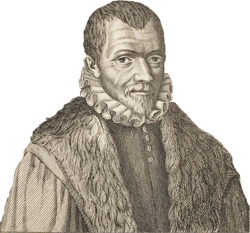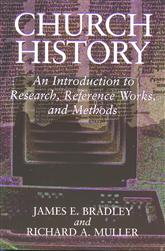 Last week marked the launch of the Digital Public Library of America (DPLA). As Joseph Esposito over at the Scholarly Kitchen notes,
Last week marked the launch of the Digital Public Library of America (DPLA). As Joseph Esposito over at the Scholarly Kitchen notes,
The most impressive aspect of DPLA is that it is not a library at all, but an intelligently constructed catalogue to many libraries, which are contributing their collections. DPLA, in other words, is a “pointer” service, which is, I think, exactly what the world wants. So a search on DPLA fetches documents from all over the place. I was just looking at something from the holdings of the University of Illinois, then I clicked a bit and was taken to Brewster’s Kahle’s Archive.org. Ten minutes on the home page and you can “visit” many libraries. If this is not cool, I don’t know what is.
This idea of a “pointer” service and the need for some kind of curated metasearch option is precisely what drove the creation of the Post-Reformation Digital Library (PRDL). The PRDL and DPLA are in this respect similar, despite differences in scope, size, scale, support, and (perhaps) significance. We might think of them as “pointer” sisters!
Today the DPLA announced a partnership with the David Rumsey Map Collection, which has a truly impressive array of maps in various formats. Be sure to check out Rumsey’s collection of early modern maps. The oldest map I found thus far was a facsimile of a map of America by one Peter Martyr d’Anghiera (1534).
Come to think of it, “pointer” services like PRDL and DPLA are also “maps” of a kind, pointing us toward heretofore hidden treasure troves of digital source material. Given the overlap in purposes between the two, no doubt our PRDL team will have to take note of the “openness” of the DPLA code and partnership setup that Lincoln Mullen highlights in his intro to DPLA.


